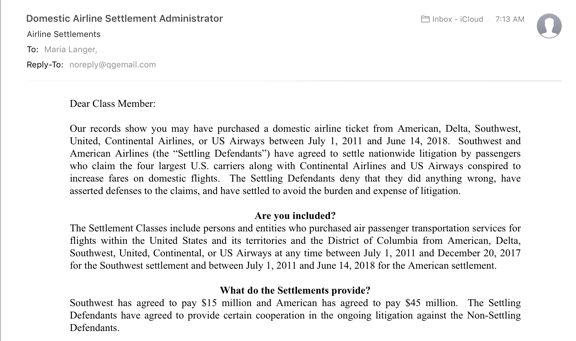I’m working on a much longer blog post, with photos, about my recently completed autumn vacation, but I thought I’d put this shorter post out because it’s quick and on my mind.
It started with someone on Twitter sharing a video from inside the cockpit of a helicopter flying low and fast over a forest road. There were no cars on the road and no poles or wires. It was an exciting little flight that reminded me of the kind of canyon flying I used to do in some very familiar, remote areas of Arizona. See for yourself.

Here’s a screenshot from the video in question.
What followed was a bunch of comments, including some from a few people too lazy to look up the regulations who claimed that flying like that was illegal. When I pointed out that it was not illegal in the US, a particularly lazy, uninformed idiot quoted my tweet with a portion of the FARs in an attempt to prove me wrong. He didn’t. All he proved is that like so many people these days, he’s only capable of reading until he gets confirmation of what he wants the truth to be. The rest doesn’t matter.
Here’s the entire FAA regulation covering minimum flight altitudes in the US:
§91.119 Minimum safe altitudes: General.
Except when necessary for takeoff or landing, no person may operate an aircraft below the following altitudes:
(a) Anywhere. An altitude allowing, if a power unit fails, an emergency landing without undue hazard to persons or property on the surface.
(b) Over congested areas. Over any congested area of a city, town, or settlement, or over any open air assembly of persons, an altitude of 1,000 feet above the highest obstacle within a horizontal radius of 2,000 feet of the aircraft.
(c) Over other than congested areas. An altitude of 500 feet above the surface, except over open water or sparsely populated areas. In those cases, the aircraft may not be operated closer than 500 feet to any person, vessel, vehicle, or structure.
(d) Helicopters, powered parachutes, and weight-shift-control aircraft. If the operation is conducted without hazard to persons or property on the surface—
(1) A helicopter may be operated at less than the minimums prescribed in paragraph (b) or (c) of this section, provided each person operating the helicopter complies with any routes or altitudes specifically prescribed for helicopters by the FAA; and
(2) A powered parachute or weight-shift-control aircraft may be operated at less than the minimums prescribed in paragraph (c) of this section.
[Doc. No. 18334, 54 FR 34294, Aug. 18, 1989, as amended by Amdt. 91-311, 75 FR 5223, Feb. 1, 2010]
Did you read paragraph (d) and paragraph (1) right beneath it? I did, but the know-nothing twit pretending to be an expert on Twitter didn’t. It basically says that the paragraphs he quoted (paragraphs (b) and (c) above) don’t apply to helicopters.
I distinctly remember this FAR coming up during my primary training back in the late 1990s. It basically gives helicopter pilots permission to fly at any altitude they need or want to, given that “if a power unit fails, an emergency landing without undue hazard to persons or property on the surface.”
Take a look at the video. It looks to me as if the pilot is 50-100 feet off the ground. He’s moving at a good clip — at least 60 knots. (I tried to read the airspeed indicator but couldn’t.) With that altitude and airspeed combination, he’s not operating in the shaded area of the height/velocity diagram (or “deadman’s curve“). That means that a safe emergency landing is possible. And with nice smooth pavement beneath him, there’s plenty of suitable space for a landing if it was necessary. So it’s not in violation of paragraph (a) either.
Watch My Helicopter Videos on YouTubeTime for a shameless plug…
If you like helicopters, you’ll love the FlyingMAir YouTube Channel. Check it out for everything from time-lapse annual inspections to cockpit POV autorotation practice to a flight home from a taco dinner at a friend’s house — and more.
Lots of people don’t get this. They assume the altitude rules apply equally to all aircraft. But they don’t. This makes it pretty clear. Trouble is, there are too many self-important assholes out there — especially on Twitter — who share inaccurate or incomplete information as fact — and too many lazy people willing to believe them without doing their own homework.
If you want to read more about this topic, here’s an old, long, rambling post I wrote about an experience related to this years ago.
Oh, and by the way, this post is about whether the flight is legal in the US. I won’t make any comments about whether it’s safe or whether the pilot is using good judgement. That’s a whole different topic.



